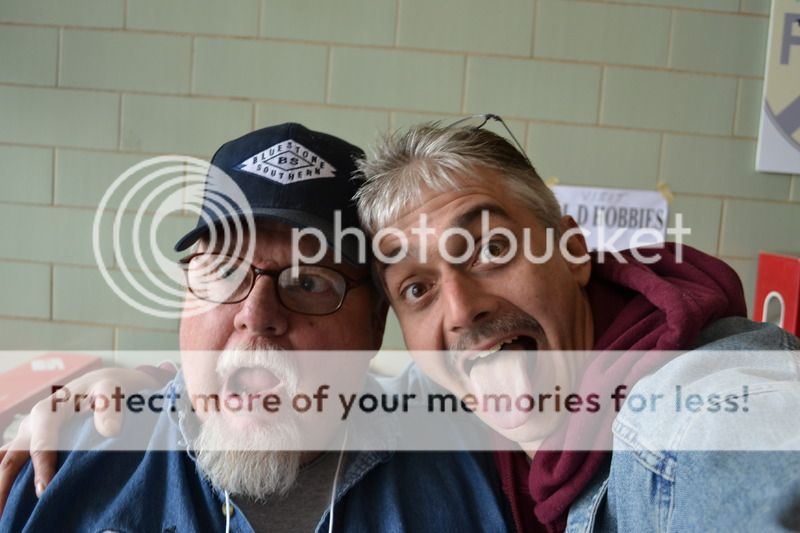Thanks for your thoughts guys,
I didn’t mean to cause an argument. My situation is unique compared to a ground level railway since it’s at waist level so the track needs to stay in the relative center of the baseboard so the steamers won’t fall off. I’ve been carefully observing the layout the last two days while our weather ranged from 68F at night to 92F, mostly sunny with a rain deluge yesterday afternoon which dropped the temperature 14 degrees, typical Florida summer weather.
When I attached the composite top (Lowes ChoiceDek fascia board) I was careful to space the board segments up to 1/8" to allow for expansion. In the heat of the day none of the gaps disappeared completely. My layout is relatively small, a 10’ x 20’ oval with a mainline run of about 50’ and a 54" radius 180 deg. curve at each end. The straights are short, about 10’, and 20" of that is a Sunset Valley turnout. The only place I really need a gap is the 30" lift out on one end which allows access to the inside of the layout by sliding off the joiners and lifting the removable section upwards. That is also the only place where the rail needs to be fastened down so it stays in position to be reconnected when trains are run.
One saving grace may be that the screen roof of the birdcage blocks some of the sunlight. The most common use of birdcages around here is to cover swimming pools and I was told that a heater (solar or propane) is almost always needed because warm swimming conditions can not be obtained by direct solar gain alone. Second is that my orientation, even with the sun high in the sky, puts half the birdcage in shade by 11 am and the rest later in the afternoon.
It was interesting to read Pete Lassen’s experiment in the thread Bob Cope referred to where he took a 6’ length of AML 332 brass rail outside in 108F sunlight and it expanded 1/16" Based on that and your input I’ve devised a plan for my layout. I can afford some distortion on the end curves since the track center is about 8" in from the table edge so I will screw the center of the ties to the table on either side of the lift out to maintain the relative position of the rail I will also screw down the ties on either side of the two turnouts to keep those connections in place. Then I will put a screw half way between those two points to keep the rail centered on the table. On the remaining end I will not fasten the ties down allowing the track to float some on the table. And, as with the three portable live steam show layouts I’ve built, (approximately the same size as my fixed layout) I’ll check the security of the slide-on rail joiners at each running session. I don’t plan to electrify the layout so jumpers will not be necessary.
Establishing the track curves with the Train Li bender and cutting the rail joints by eye the joints do not line up perfectly and some small gaps have appeared between rail ends. I have not observed much change in those gaps though consistently hotter temperatures are on the horizon for our area. As they occur I’ll continue to observe and adjust as necessary. I’ll report later in the summer after I see what effect the higher temperatures have on the baseboard and rail.
